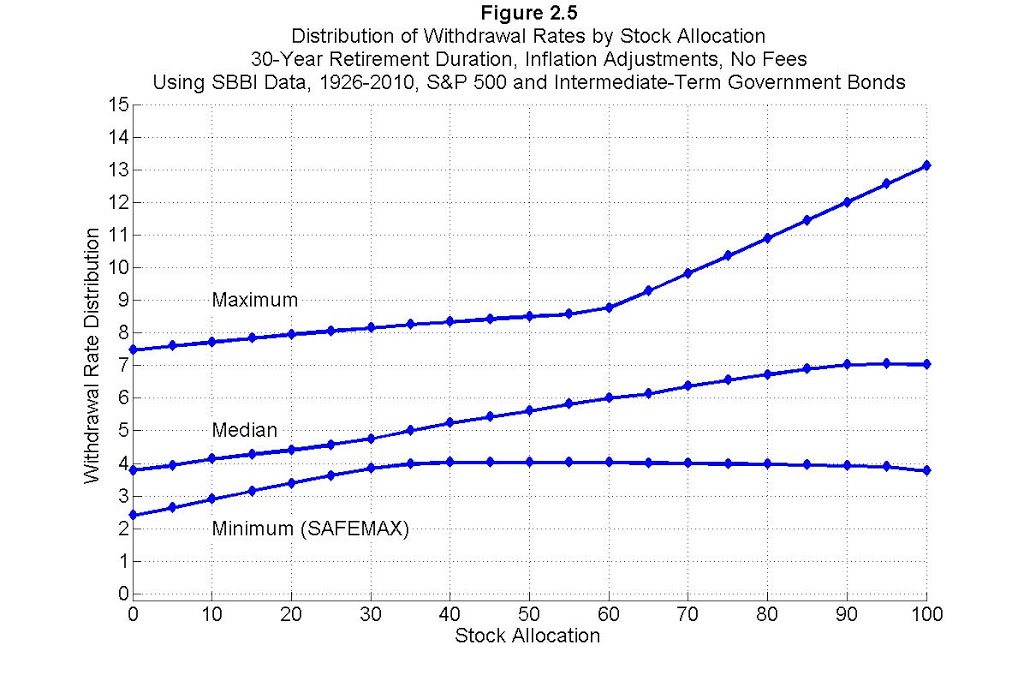In the 1970's Jimmy Carter gave his famous age of limits speech that turned out to be at least one of the reasons he wasn't reelected. It did seem at the time that he was right: America would grow no more, at least not like it had in the past. Then in the 1980's it was "Morning in America" with a turnaround unforeseeable in in the 1970's. Then in 1989 (?) it was the infamous "Death of Equities". We know how that turned out.
Predictions, even coming from someone I esteem as highly as Michael Kitces, always make me quesy. These are predictions, forecasts, and when it comes to forecasts I like everything Buffet (and a whole lot of others) has to say about them (ignore them, basically).
See this:
https://www.bogleheads.org/forum/viewtopic.php?f=10&t=184268&newpost=2795523
Emphasis added
If you've done the hard work of having accumulated a sufficient PF, lowering your AA the 5 years before/after retirement, created an ISP with a plan B, C,, and possibly D, SOR shouldn't bother you. At that point, there's nothing you can do about a bad SOR at the start of retirement anyway. As Otar says, it's the "luck factor".

